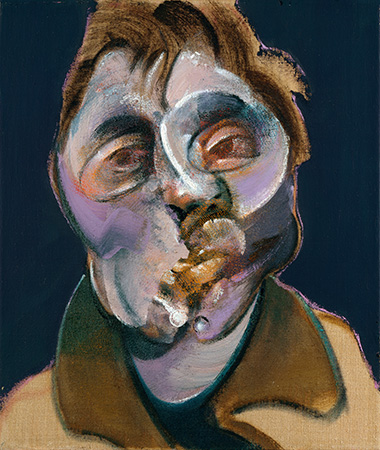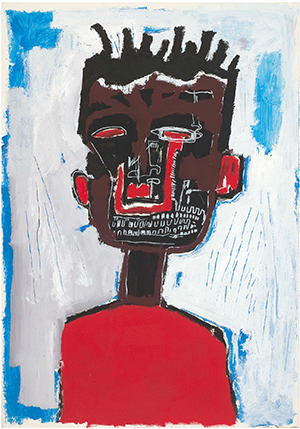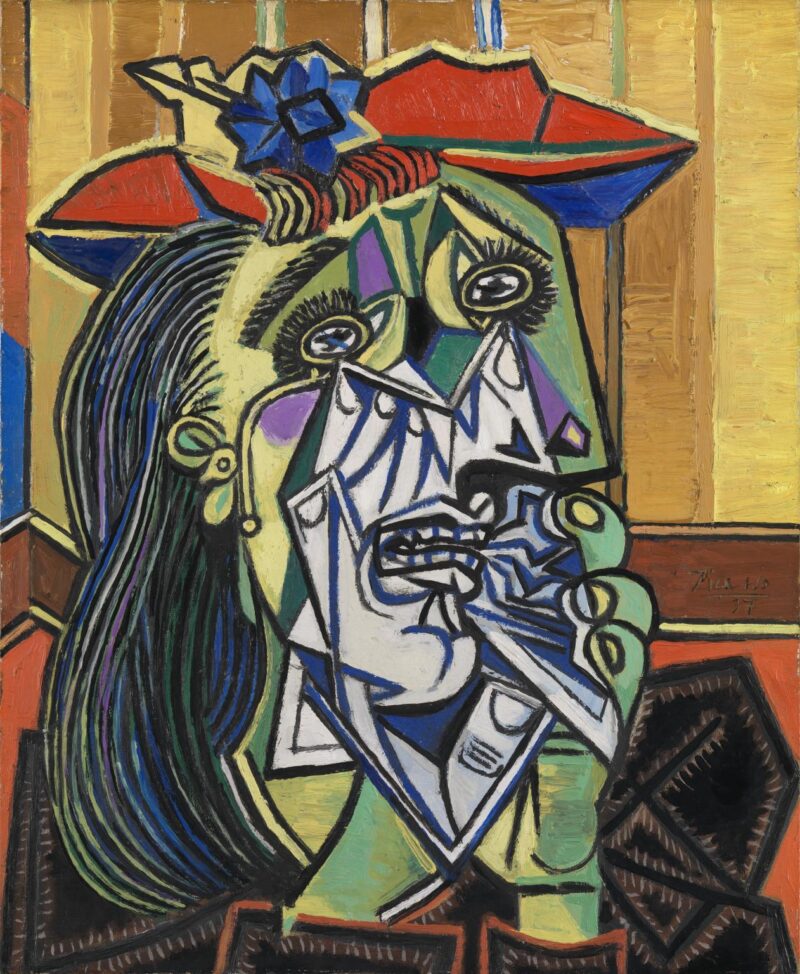MAUD BEARD contemplates the vulnerability of our faces, asking if this is something we can ever hide from.
A woman I met in a bar once told me I would remember every single face I ever saw, even if the memory is stored in the deepest part of my subconscious. She told me that these faces then appeared as the strangers in my dreams, and that when I could not fall asleep, someone was dreaming of me.
I moved to London just over a month ago, and have never been subjected to so many different people, so many different faces. Taking the tube during rush hour has been a particularly peculiar experience: packed tight into intimate spaces, so close to the faces of fellow travellers I can see right into their pores. There is something vulnerable and defenceless about the face, a part of ourselves we reveal naked to the world. Sensing this vulnerability, we safeguard our expressions, shield this nakedness, in an effort to hide away from others. But why do we do this, and at what cost?
The ancient Greeks used the word prosopon to refer to both masks and faces, suggesting a duality to the emotional surface we show the world. In spite of never being able to escape the way we look, our expressions allow us to control the way in which we are perceived. Passing another pedestrian on a deserted street, I look ahead. I desperately avoid eye contact, as if looking them in the eye could reveal my insecurities or wandering thoughts as I walk the fifteen minutes to the nearest grocery store. I want to convince them, and perhaps also myself, that I have a greater purpose, have other places to be and better people to see.

I know that my fears, doubts and desires lurk just beneath my retinas, and I worry that casual eye contact would reveal them all. In this city of almost nine million people, I would rather these not be seen, perhaps I would rather not be seen at all. We look past and through each other. It is both comforting and alienating – wie Luft behandeln, as the German expression goes, that is, to be looked at as though air.
And there are a multitude of variations to my facial masquerades. As T.S Eliot writes in The Love Song of J.Alfred Prufrock, ‘There will be time / To prepare a face to meet the faces that you meet’; and I know I will smile at the child, who in its innocence has not yet learnt the art of concealing the free flow of emotion, but I will harden my expression to let those men at the bar know I do not want to be approached. I will match, lower, heighten and diffuse my energy through facial expressions, for the sake of harmonious social interactions, no matter how I may truly be feeling. At the expense of my ego straining out, my face puts up an endless series of barricades.
In fact, Levinas, a leading philosopher on face perception once said that, ‘The face is exposed, vulnerable, as if inviting an act of violence. At the same time, the face is what prohibits us from killing.’ So perhaps there is a use to these barricades, perhaps I feel intrinsically that this surface I show the world is weak and must be moulded, toughened up. But I forget that it is also this very weakness that allows people in, allows us to develop empathy and understanding – for others as well as ourselves. So after years of putting up an array of carefully curated masks, of building a cage that hides and distorts the humanness inside me, am I still capable of recognising the emotions inside myself, and inside others?


I look up from my feet and there is a woman there, just like the one who told me about the strangers in my dreams. Tears are streaming down her face. I try to look inside myself to recognise her sadness – it is the same sadness that is marked in the scars I carry beneath my own skin. But I don’t know what I look like when I myself am drowning in sorrow. I don’t know who I really am or what people perceive when I am angry, when I am ecstatic, sad, embarrassed, or scared. I can see and understand this girl before she can do so herself. Sartre said ‘Hell is other people’, perhaps because they will know us before we can ever know ourselves.
I am thankful for this weeping woman, for she has prompted my dreams to be coloured with hues and tones I had thought best forgotten or discarded. I am thankful she reminded me how to feel, and reminded me that others feel too. I will continue to look up from my feet, and I hope you will too. Look up, away, around. Walk mindfully, sit aimlessly and look at these other people I share spaces with, allow myself to appear in my authentic form and encourage others to do so too. I will refuse to drift dreamlessly.
Featured image credit: Pablo Picasso, Weeping Woman (Femme en pleurs), 1937. via Tate Modern.





